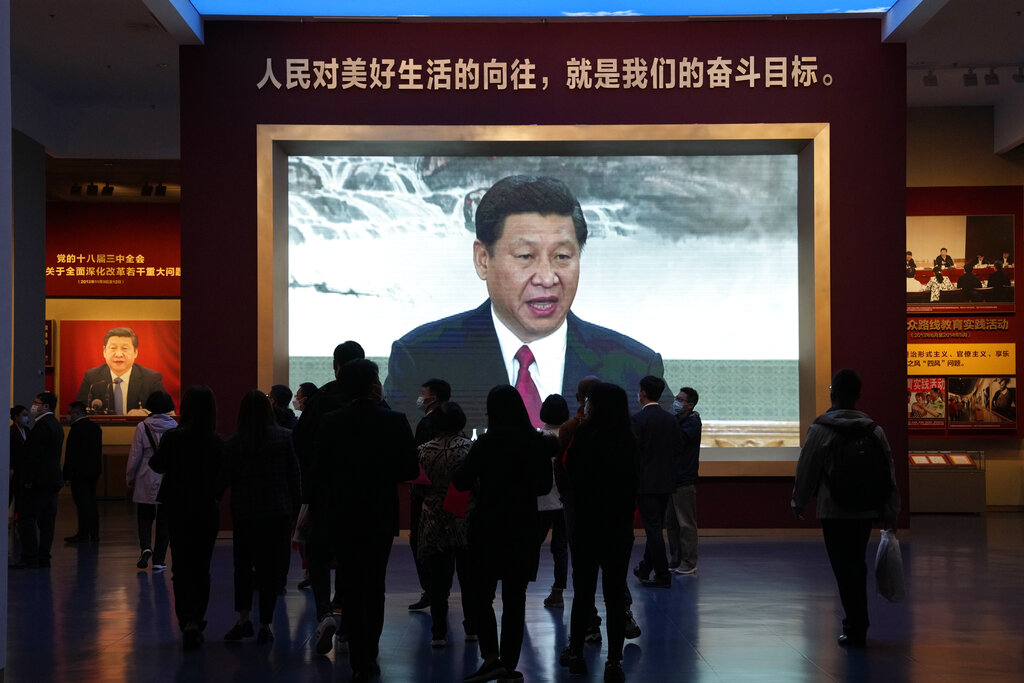
In a year of subdued economic growth, the market is closely watching China’s 20th Communist Party Congress for clues on what might happen next – both politically and economically. The Congress starts October 16 with about 2,000 delegates. President Xi Jinping appears set to win a precedent-breaking third term in office, which will add another five-year term to his rule. Xi came into power in 2013.
Aside from that, Aidan Yao, senior emerging Asia economist of AXA Investment Managers, is watching two key announcements at the political event.
“First, there are at least two positions at the Party’s all-powerful Politburo Standing Committee that will be reshuffled. Beyond that, who will succeed Li Keqiang as the next Premier of the State Council, and who might assume Liu He’s role as one of China’s top macro policy decision makers will be very consequential to the economy and markets for the years to come.”
In March, Li Keqiang is likely to step down from the second-in-command position that he currently holds. 70-year-old Vice Premier Liu He is past the retirement age of 68, and is expected to step down at the Congress next week.
The Party Congress is not a platform for detailing on-the-ground policies, unlike subsequent meetings. While limited granularity in policy agenda is expected to come out of the meetings, investors still hope to glean clues on how the government is to chart its path through the rising headwinds at home and abroad. These headwinds include challenges arising from slowing economic growth, geopolitical tensions, as well as the likelihood of relaxing or scrapping COVID-control measures.
Yao is also looking for hints of “the leadership’s focus on keeping economic development at the center of China’s national rejuvenation.” In particular, the Political Report delivered by Xi will be the guiding principle for short-term decision-making. This will give investors an idea of how the country plans to continue opening the economy, cut carbon emissions, and liberalize the financial system. “These should help ease investor concerns over China backpedaling on economic reforms,” Yao said.
Will Depressed Sentiment Fade After the Congress?
Fidelity International believes sentiment could improve further following the Party Congress. “We are closely watching for clues of how the forward path of economic policy could serve as a catalyst for a more progressive growth policy,” says Salman Ahmed, the firm’s global head of macro and strategic asset allocation.
“Expectations heading into the Congress remain muted, meaning any positive news could provide an immediate boost to sentiment,” Ahmed says. He expects the market to see policy certainty heading into 2023 and increased assertiveness in government stimulus following the Congress.
AXA IM’s Yao is holding an “overall cautiously optimistic view” on the Party Congress and subsequent events. He adds: “Given how depressed the financial markets have been by policy uncertainties, a reduction of these uncertainties should help investors to refine their economic outlook and reprice financial market risks.”
“If Beijing’s energy and resources can be redirected to rescue the economy once the political changes are completed, the market should respond positively to an eventual rebound of economic growth,” he says.
Insofar as short-term policies are concerned, subsequent conferences after the Congress – the November Politburo meeting and the Central Economic Work Conference in December – could deliver important signals on Beijing’s COVID, property market, and economic policies in 2023, according to Yao.
Zero-COVID Policy Is Far from Over
While inflation and macro pressure are less of a concern for the country, the Chinese Politburo still has a full plate to tackle and address in the forthcoming policy meetings, especially as the zero-COVID policy remains a priority. China wants to control and eliminate each COVID outbreak with a combination of measures, from lockdowns to forced isolations and strict travel restrictions, which analysts think have compromised the country’s growth.
China’s ruling party spokesperson has reaffirmed that the country is continuing with hardline measures to arrest the spread of the COVID virus. That means, “living with COVID” approach, taken by other major economies in the world, remains politically unacceptable. However, this aggressive strategy has spelt trouble for China, as social discontent and fatigue mount.
The economy is also paying the price – the GDP grew only by 0.4% year-on-year for the second quarter, when Shanghai, a major export and financial hub, went into a city-wide lockdown. The country is set to release its third-quarter figure next week.
In the summer of 2022, Morningstar adjusted the growth forecast lower to 3.2% from 4%, even as the previous estimate was considered ‘already bearish.’ The reason for the downgrade is the several underlying risks in China’s economy: a dip into recession remains a significant risk, given the headwinds from omicron and an emerging trade slowdown. The ongoing restrictions on mobility have weighed on consumption, and the drag from consumer services spending is believed to be a weighty factor as the sector accounts for 30% of GDP.
The backdrop has left a dent in the financial markets – Morningstar China Index slid 32.7% year-to-date, after losing nearly 20% in 2021.
COVID Relaxation Is Unlikely Through March 2023
AXA IM’s Yao thinks dealing with the dilemma requires the authorities to strike the right balance. “Either continued lockdowns or worsening outbreaks of mismanaged relaxation could hit the economy harder. The chance of hitting Beijing’s growth target –an upside scenario –is remote.” The macro and market outlook will hinge on the COVID path, which has global ramifications, and the pandemic response has to be recalibrated to balance growth and health, adds Yao.
David Chao, global market strategist at Invesco says: “It’s tough to predict when China will evolve away from its zero-COVID policy, though I think targeted lockdowns are here to stay for a while, at least until the end of the People’s Congress next March.” Citing the infection data, Chao believes the latest wave of the outbreak has peaked, and he expects virus containment measures to remain strict by March.
“Despite the headwinds that the economy faces, policymakers are enacting more forceful growth stabilizing measures. I think that further monetary and fiscal stimulus measures are likely to be announced before the end of the year that could shore up market confidence and revive commercial activity,” adds Chao.






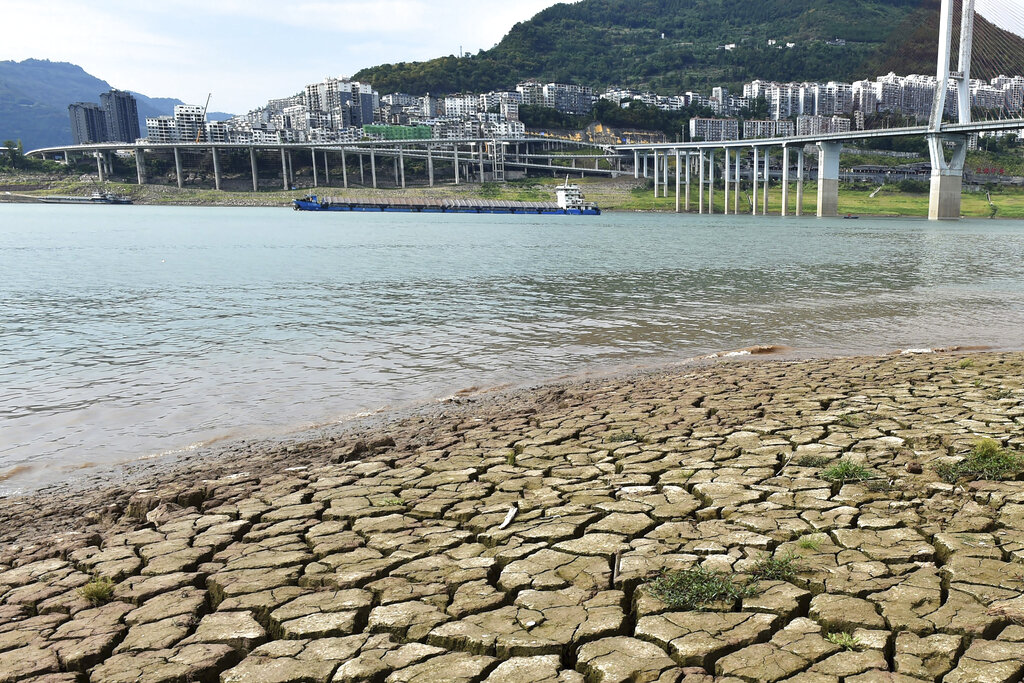
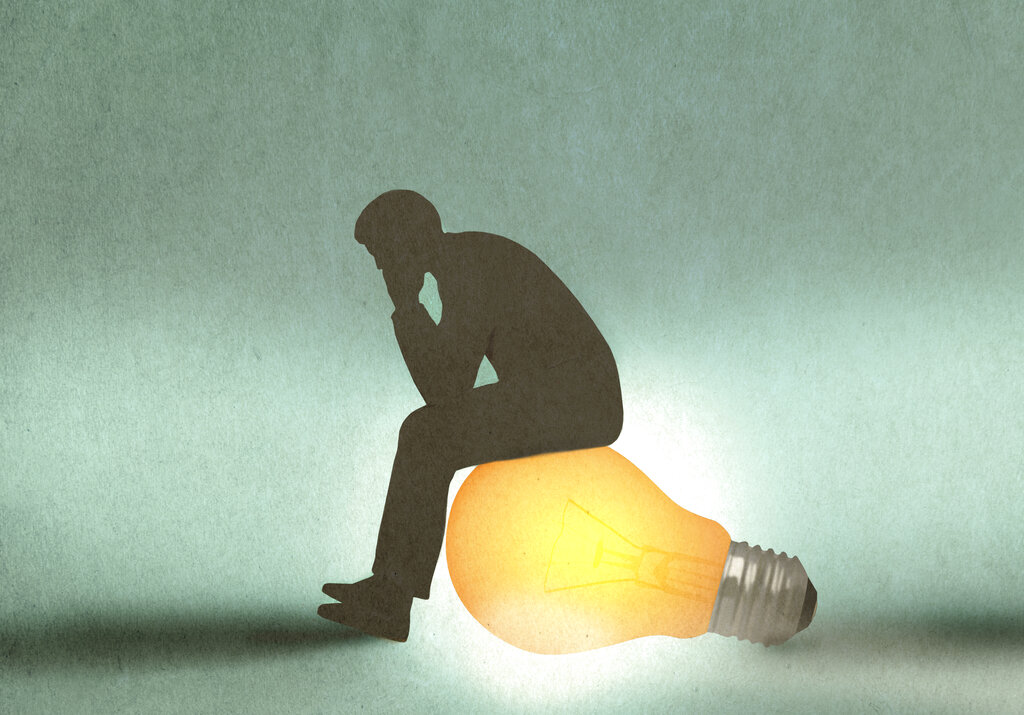
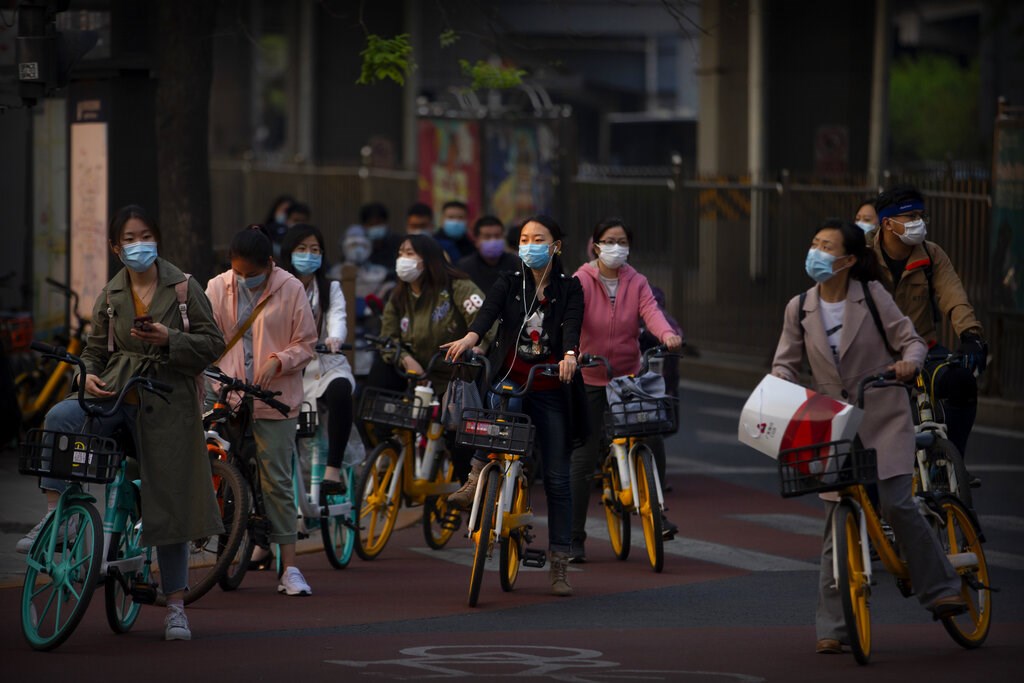
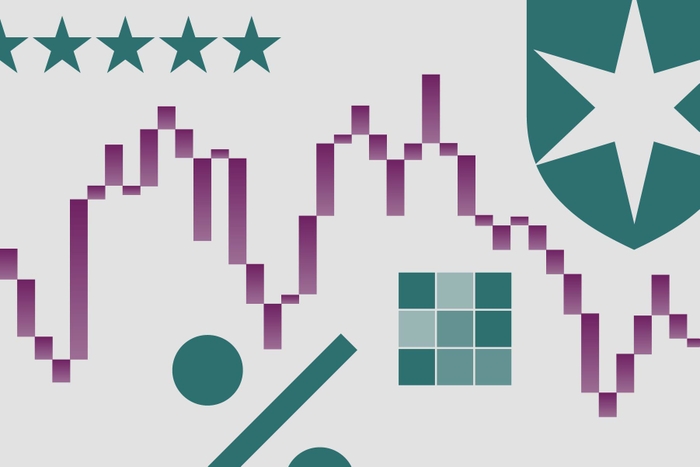
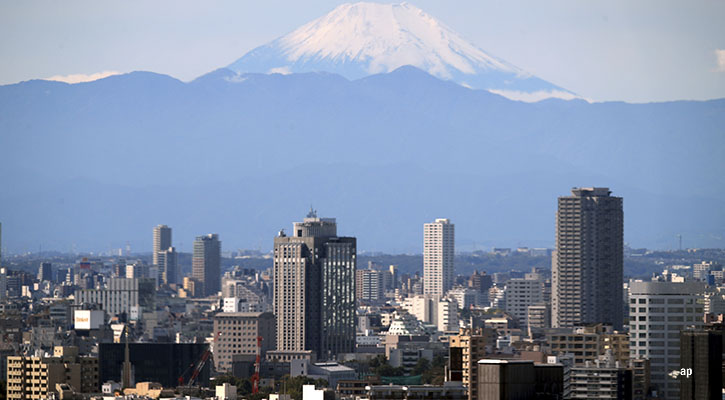
.png)




.jpg)





